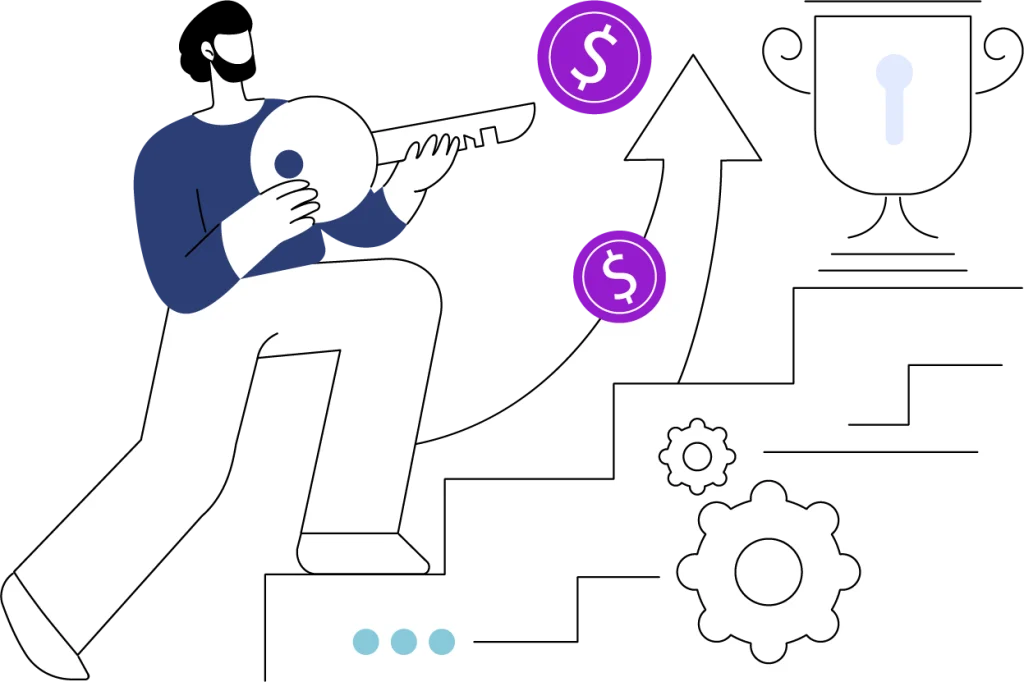
Securing stable and reliable funding is a perennial challenge for nonprofit organizations. Fortunately, the trend towards sustainable funding models is gaining momentum, helping nonprofits diversify their income streams and reduce their dependence on traditional grant cycles and sporadic donor contributions. By adopting innovative funding strategies, nonprofits can ensure their financial health and focus on their mission-driven work with greater stability.
Here are a few sustainable options for nonprofits.
Membership Programs: Implementing membership programs is an effective strategy for nonprofits looking to build a steady income stream. Memberships provide supporters with a sense of belonging and exclusivity, offering them special benefits in exchange for their regular contributions. For instance, a local environmental nonprofit might offer its members exclusive access to webinars with leading environmentalists, early invitations to events, and behind-the-scenes tours of conservation projects. This model not only stabilizes income but also deepens supporter engagement. The Sierra Club is a great example of this, as it has built a robust membership program that funds its advocacy and conservation efforts while keeping its community of supporters actively involved.
Social Enterprises: Many nonprofits are establishing social enterprises to generate income while furthering their social goals. Social enterprises are businesses created to support a nonprofit’s mission. For example, a nonprofit focused on providing job training to underserved populations might operate a café or retail store where trainees can gain practical work experience. Greyston Bakery in New York is a prime example. This bakery, founded by a nonprofit, employs individuals facing barriers to employment, with all profits supporting its broader mission of providing jobs and resources to the community. This model not only diversifies income but also aligns closely with the organization’s core mission, enhancing its impact and sustainability.
Endowments and Reserves: Building endowments is another crucial strategy for ensuring long-term financial health. An endowment fund acts as a financial safety net, generating interest income that can support the organization indefinitely. Harvard University’s endowment, one of the largest in the world, supports a significant portion of the university’s budget, ensuring stability and growth even during economic downturns. Similarly, nonprofits like the American Red Cross maintain reserves that help them manage through unexpected financial downturns without compromising their programs. These financial cushions are essential for organizations to weather economic uncertainties and invest in long-term projects.
Crowdfunding and Microdonations: Leveraging online platforms to conduct crowdfunding campaigns has become a standard practice. These campaigns are particularly effective for specific projects or during crises, allowing nonprofits to reach large numbers of potential donors with small contributions that add up significantly. For instance, the charity: water organization has successfully used crowdfunding to fund clean water projects worldwide. Their online campaigns, where donors can see exactly how their money is used, have inspired thousands of people to contribute, showcasing the power of collective small donations.
Corporate Partnerships: Forming partnerships with businesses can also provide a sustainable funding source. These partnerships can take many forms, from sponsorships and cause-related marketing to employee-matching gift programs. A successful example is the partnership between the World Wildlife Fund (WWF) and Coca-Cola, which focuses on freshwater conservation. This collaboration not only provides WWF with funding but also leverages Coca-Cola’s global reach to promote environmental sustainability.
Grants and Foundations: While traditional, grants from foundations remain a critical funding source. However, nonprofits are increasingly looking for multi-year grants that offer more stability compared to single-year grants. Organizations like the Bill & Melinda Gates Foundation provide multi-year commitments that help nonprofits plan and execute long-term projects without the constant pressure of annual fundraising.
Recurring Donations: Encouraging recurring donations is another effective strategy. Nonprofits can set up systems that allow donors to contribute regularly, such as monthly giving programs. For instance, NPR’s sustainer program allows listeners to set up automatic monthly donations, providing the organization with a predictable revenue stream.
As nonprofits look towards the future, adopting innovative and sustainable funding models is key to their success. This stability will allow them to build robust operational infrastructures while focusing on their mission, ensuring they can continue to serve their communities effectively regardless of external financial pressures.




